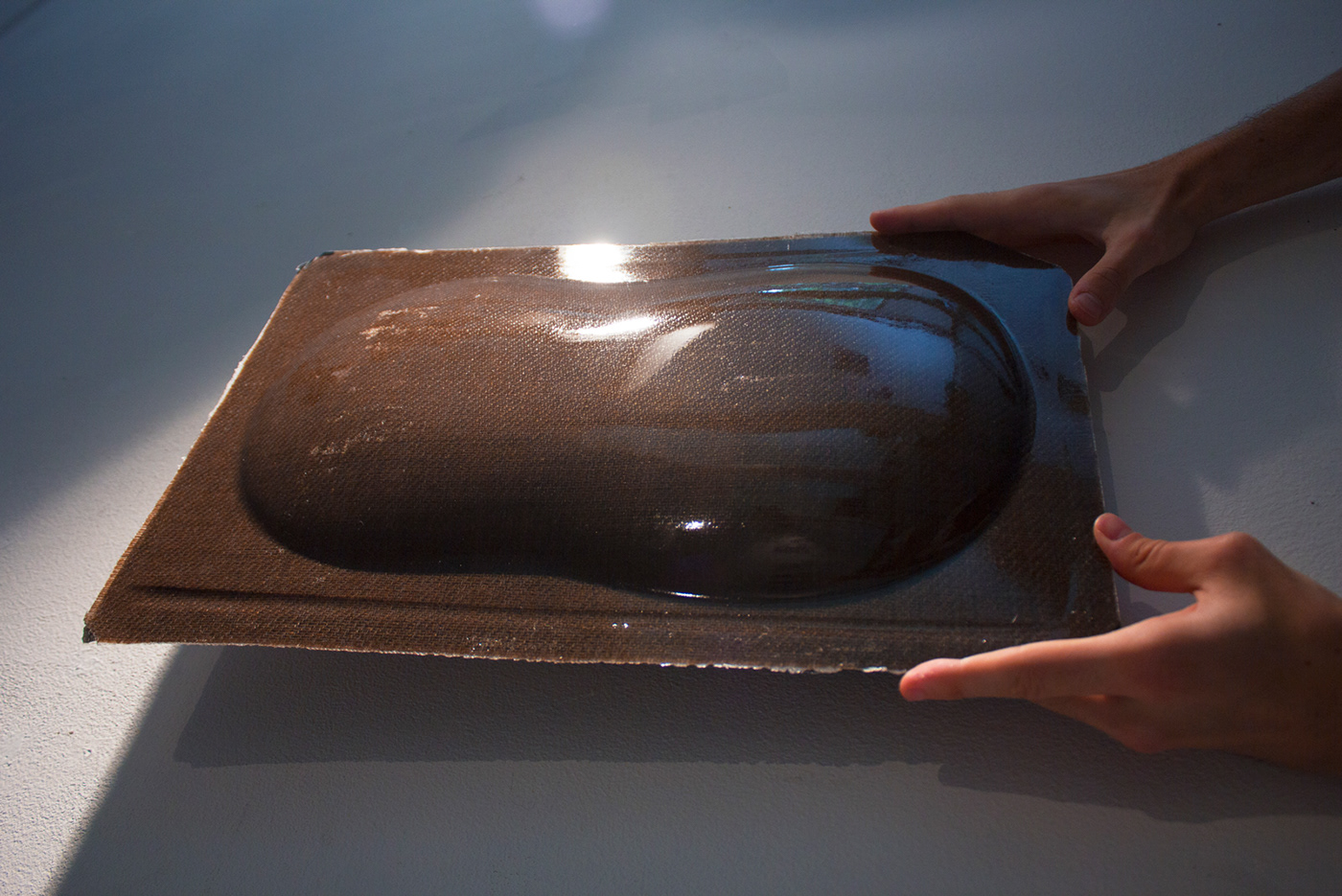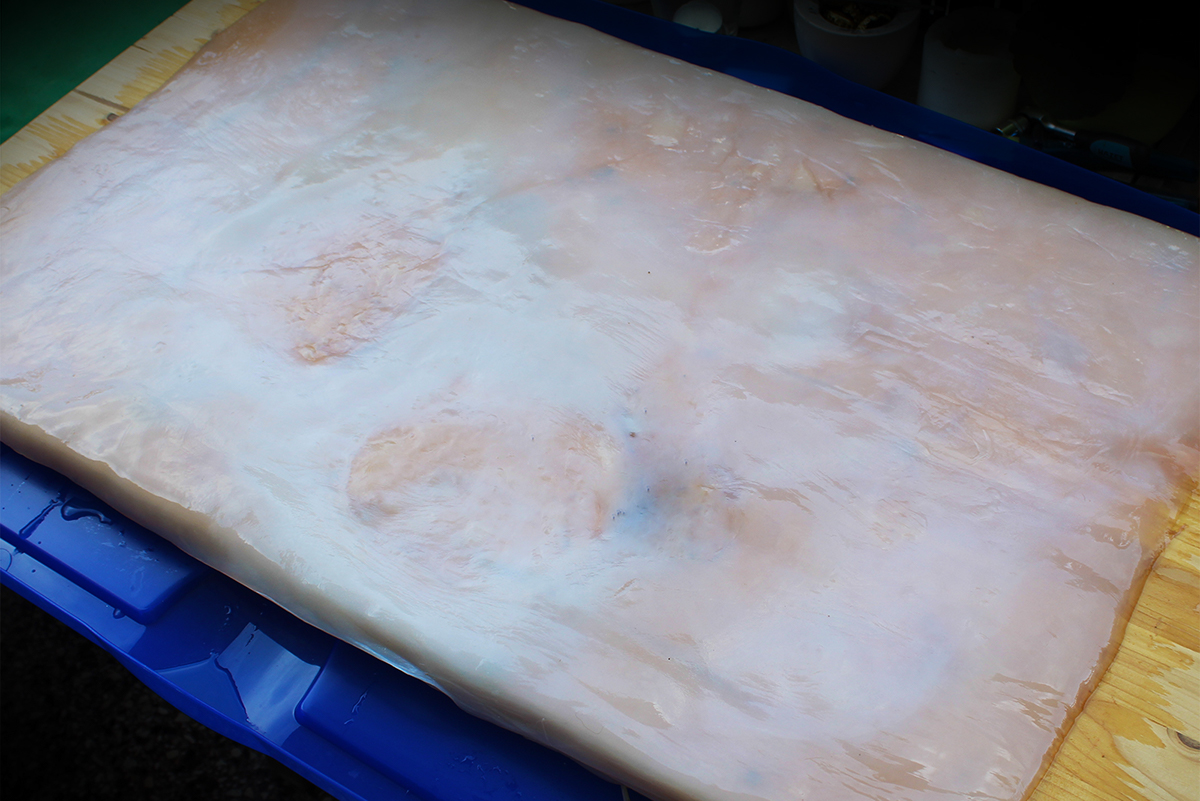
A quick introduction on composites,
cellulose and bacteria
cellulose and bacteria
Composites could be technically defined as a combination of different materials, normally consisting of a ‘’matrix’’ (such as epoxy or polyester resin) and one or more ‘’reinforcements’’ (glass, carbon or natural fibres). These main parts are merged together and the resulting material may acquire outstanding new properties which could not be achieved if they were used individually.
Due to difficulties on vegetal fibres extraction and its subsequent isolation, natural composites tend to be produced, nowadays, with short and damaged fibres randomly added to the matrix mostly through a thermal-pressing process. Therefore, the outcome tends to be a weakened structure; a non-reliable material when it comes to high-end mechanical properties.
While possible to create a composite made exclusively of nature extracted elements, and to benefit from the fact of being a totally renewable and sustainable assemblage, the truth is that its mechanical properties such as impact resistance, flexibility and tensile strength, is no match in comparison to synthetic composites.
Nevertheless, recent advances in nanotechnology has not only allowed the development of optimized synthetic materials but also granted humanity the knowledge to understand and, at a certain level, even control spontaneous natural phenomena. The discovery of cellulose nanocrystals is a great example of it.
Cellulose, as micro-fibres or amorphous structures, constitute the most abundant renewable polymer resource available today worldwide. There are two methods of obtaining cellulose nanocrystals: through nanofibrillation of wood-based materials (pulp, sawdust), or by bacterial synthesis with microorganisms from the genera Acetobacter on a controlled environment.
In terms of quality, the advantage of the synthesized bacterial cellulose in comparison to the one acquired through nanofibrillation process is noteworthy: apart from the fact that it, inherently, already has nanometre dimensions, it is free from wax, lignin, pectin, hemicellulose and other substances that may dramatically weaken the nanofibres properties if not properly disassociated.
Altogether, in contrast to conventional carbon fibre composites, for example, in which synthetic foams or honeycomb structures are normally used as core panels, the laminates conceived during the whole assignment are composed of flax textile’s layers and home-synthesized microbial cellulose biofilm as a core material, bonded together with epoxy resin through a vacuum-infusion process, which is the conventional method for high performance resin-based composites.











Symbiotic culture of Fungus and Yeast

Cellulose biofilm in its initial stages

Full grown cellulose biofilm

Full grown cellulose biofilm (dried)

Layers of flax and cellulose ready for the resin infusion by vacuum

Finished vacuum infusion

Resulting composite boards

Resulting composite board



This project is featured in the book “Material Grove – from traditional material to material innovation” Markus Holzbach / Georg-Christof Bertsch, HfG University of Art & Design Offenbach Press, 2014. (ISBN-NR. 978-3-921997-94-9)
